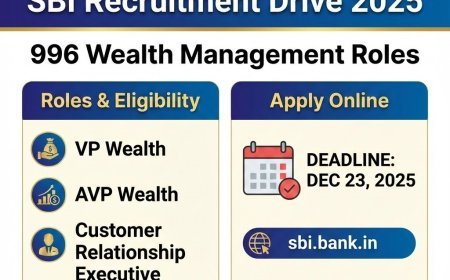NISM Series VIII - Equity Derivatives Exam Series - 18
NISM Series VIII - Equity Derivatives Exam Series - 18
Q 1. The asking price is the price at which___
the clearing corporation settles the transaction
the trader is prepared to sell the shares
the trader is prepared to purchase the share
the trader is prepared to either buy or sell the shares
Q 2. Equities can also be traded through Professional Clearing Members.
TRUE
FALSE
Q 3. I'm a short seller ___________.
Must own the share
Must own at least 75% of the shares
Need not own the shares
None of the above
Q 4. Which of these complaints against a trading member can the Exchange take up for redressal?
Any loss in a transaction which is not within the framework of an exchange
Any claim for expenses done for pursuing the matter with ISC
Any claim for opportunity loss for a disputed trade
When an excess brokerage is charged by the broker
Q 5. Exposure levels of Clearing Members are _______ correlated with the Liquid Assets maintained with the Clearing Corporation.
Positively
Negatively
Not related
exponentially
Q 6. Delta refers to the rate of change in the _______.
Option premium per day
Option premium for a unit change in the spot price of the underlying
Option premium for a unit change in interest rate
Option premium for a unit change in volatility of the underlying
Q 7. The cost incurred due to the Bid-Ask spread is known as ______.
Transaction cost
Spread cost
Margin cost
Impact cost
Q 8. Which of the following is closest to the forward price of a share if the cash price is Rs 425, forward contract maturity = 12 months from date, market interest rate 12%
425
482
476
437
Q 9. The maximum possible loss for the option buyer is the premium paid, but profits can be higher depending on the underlying price movement. Is this true for which type of options?
true for all types of options
true for American options only
true for European options only
false for all types of options
Q 10. The Out of Money option will have :
More than 1 intrinsic value
Zero intrinsic value
Negative intrinsic value
None of the above
Q 11. At a price level of Rs. 6300, what will be the value of one lot of ABC futures contracts (Contract multiplier 50)?
Rs. 5,00,000
Rs. 3,15,000
Rs. 6,30,000
Rs. 4,25,000
Q 12. Which of these options is an example of a Calendar Spread?
Going short on the underpriced futures contract of one month and at the same time buying the overpriced futures contract of another month
Buying stock futures contracts while at the same time shorting the stock
Buy an underpriced futures contract for one month and simultaneously sell an overpriced futures contract for another month
Going short on the stock futures contract while simultaneously buying the stock
Q 13. When a seller SHORT SELLS a stock, it means _____.
He has more than a month to deliver the stock that he sold
He owns the stock he is supposed to deliver
He has to deliver the stock within a short time
He does not own the stock he is supposed to deliver
Q 14. If three series of one, two, and three-month futures open at a given point in time, how many calendar spread possibilities arise?
4
3
2
1
Q 15. Is the volatility estimation methodology known only to the Clearing Corporation and not to others - State True or False?
TRUE



